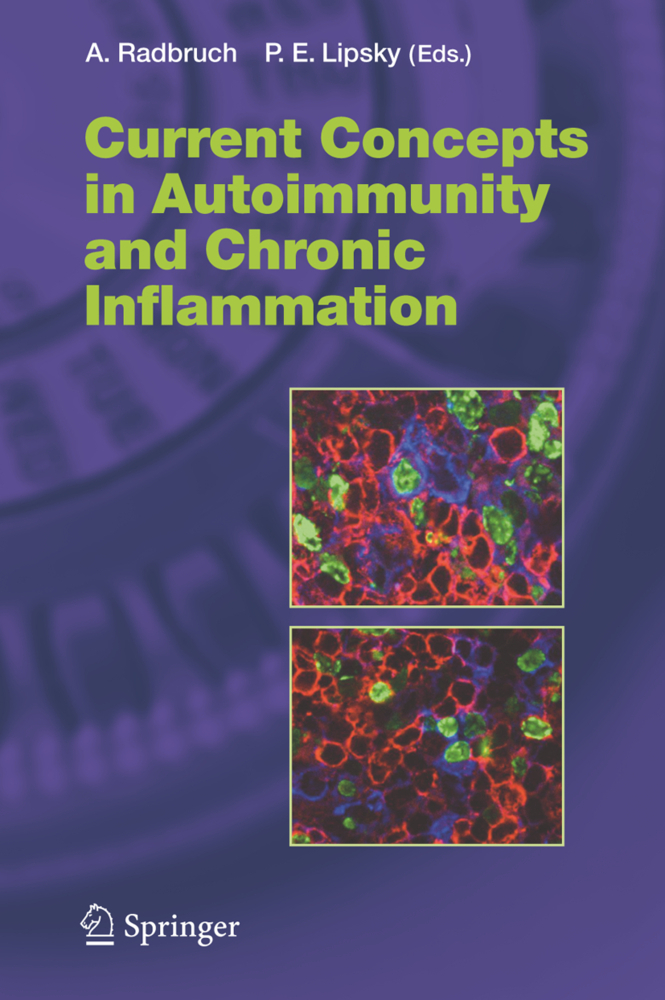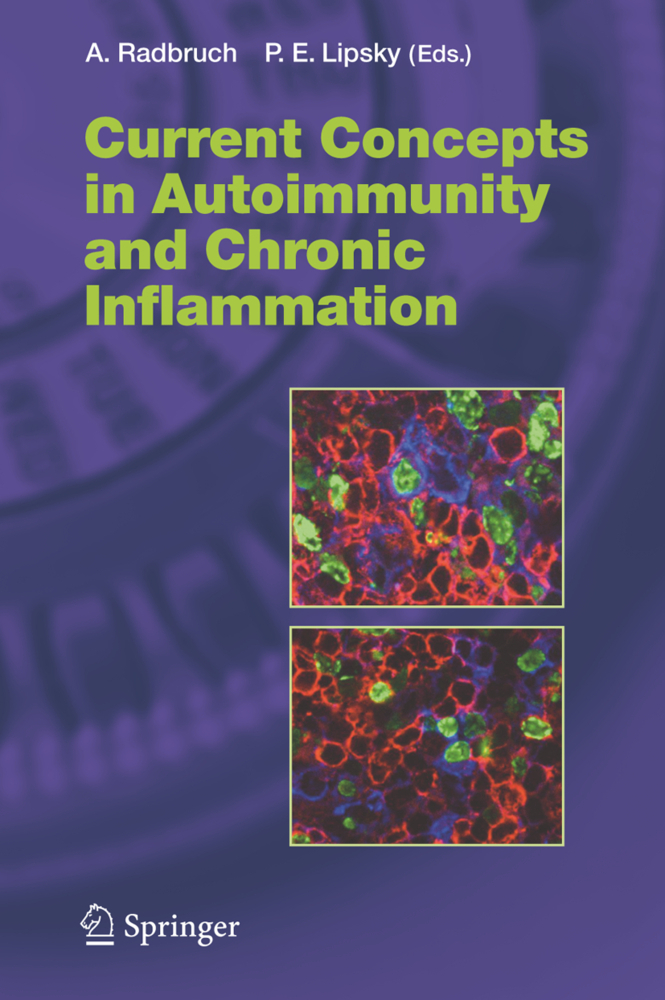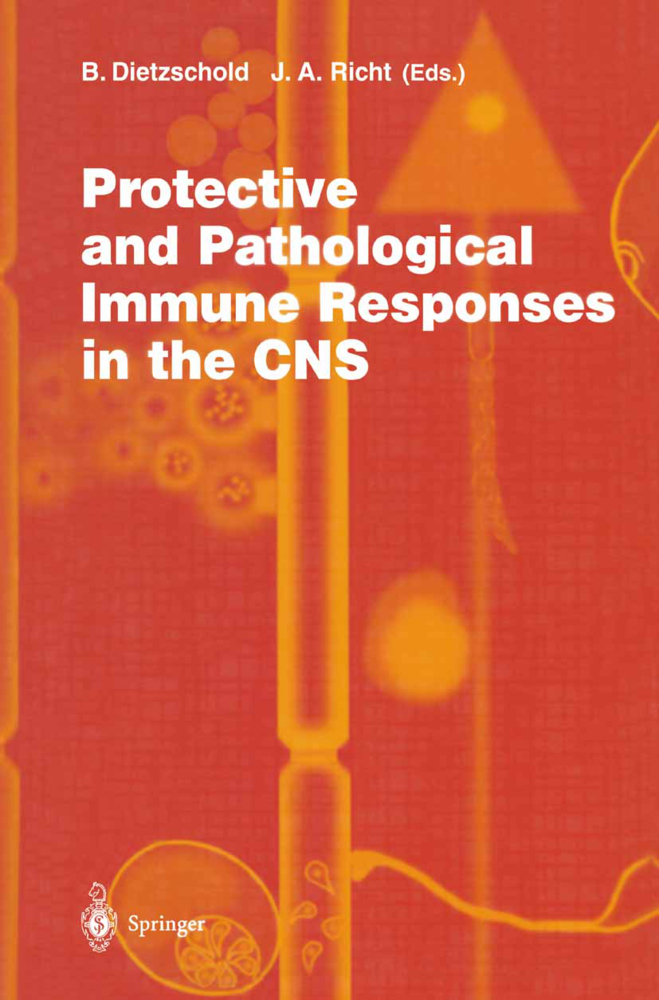The Mammalian Carotid Body
The Mammalian Carotid Body
According to Valentin (1833) and Luschka (1862), the first description of the structure now known as the carotid body must be ascribed to a Swiss physiolo gist - Albrecht von Haller - who, in 1762, called it the ganglion exiguum. This claim, however, may be erroneous, for Tauber (1743) described a struc ture at the bifurcation on the common carotid artery and called it the ganglion minutum. Andersch (1797) reprinted the text of a study made by his father between 1751 and 1755. The original printing of this work had apparently been sold as waste paper! Andersch called the organ the ganglion intercaroticum on account of its location. He also specifically stated that the sympathetic chain, the glossopharyngeal and the vagus nerves sent branches into the organ. For a while the carotid body remained forgotten, to be rediscovered in 1833 by Mayer of Bonn who again remarked upon the branches of the sympathetic, glossopharyngeal and vagus nerves as sources of a nerve plexus which innervated the ganglion intercaroticurtl. . Valentin (1833) clearly regarded the structure as part of the sympathetic nervous system, although he too recognised that the vagus and glossopharyngeal nerves contributed conspicuously to its innervation. Thus it is evident that the anatomists of the eighteenth and early nineteenth centuries regarded the structure in the carotid bifurcation as one of the many ganglia which are interspersed in the course of the sympathetic nervous system.
2.1 Type I Cells
2.2 Sub-types of Type I Cells
2.3 Type II Cells
2.4 Ganglion Cells
2.5 Blood Vessels
3 Innervation of the Carotid Body
3.1 Ultrastructure of Nerve Endings
3.2 Clear-Cored Vesicles
3.3 Mitochondria
3.4 Electron Dense-Cored Vesicles
3.5 Glycogen Granules
3.6 Varieties of Type I Cell Endings
4 Catecholamines and the Carotid Body
4.1 Effects of Natural Stimulion Carotid Body Catecholamines
4.2 Synthesis of Catecholamines
4.3 Uptake and Metabolism of Catecholamines
4.4 Effects of Catecholamines on Carotid Body Activity
4.5 Sites of Action of Catecholamines
5 Carotid Body Pathology
5.1 The Human Carotid Body and Chronic Hypoxaemia
5.2 Chronic Hypoxaemia in Animals
5.3 Carotid Body Hyperplasia in Systemic Hypertension
5.4 Chemodectomas
5.5 The Carotid Body and Cot Death
6 Identity of the Chemosensor
6.1 The Type I Cell
6.2 Studies of Neuromas
7 Conclusion
Acknowledgments
References.
1 Introduction
2 Ultrastructure of the Carotid Body2.1 Type I Cells
2.2 Sub-types of Type I Cells
2.3 Type II Cells
2.4 Ganglion Cells
2.5 Blood Vessels
3 Innervation of the Carotid Body
3.1 Ultrastructure of Nerve Endings
3.2 Clear-Cored Vesicles
3.3 Mitochondria
3.4 Electron Dense-Cored Vesicles
3.5 Glycogen Granules
3.6 Varieties of Type I Cell Endings
4 Catecholamines and the Carotid Body
4.1 Effects of Natural Stimulion Carotid Body Catecholamines
4.2 Synthesis of Catecholamines
4.3 Uptake and Metabolism of Catecholamines
4.4 Effects of Catecholamines on Carotid Body Activity
4.5 Sites of Action of Catecholamines
5 Carotid Body Pathology
5.1 The Human Carotid Body and Chronic Hypoxaemia
5.2 Chronic Hypoxaemia in Animals
5.3 Carotid Body Hyperplasia in Systemic Hypertension
5.4 Chemodectomas
5.5 The Carotid Body and Cot Death
6 Identity of the Chemosensor
6.1 The Type I Cell
6.2 Studies of Neuromas
7 Conclusion
Acknowledgments
References.
Pallot, David J.
| ISBN | 978-3-540-17480-6 |
|---|---|
| Artikelnummer | 9783540174806 |
| Medientyp | Buch |
| Copyrightjahr | 1987 |
| Verlag | Springer, Berlin |
| Umfang | VI, 94 Seiten |
| Abbildungen | VI, 94 p. 19 illus. |
| Sprache | Englisch |











